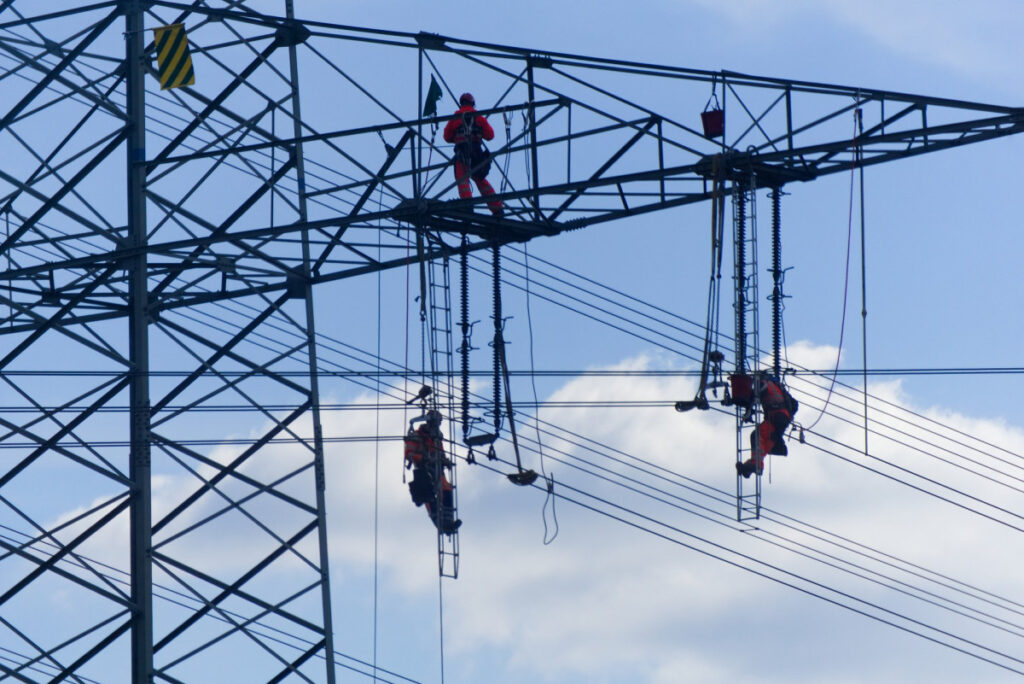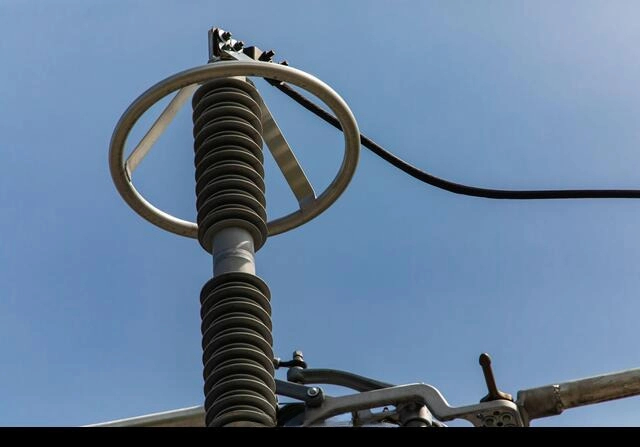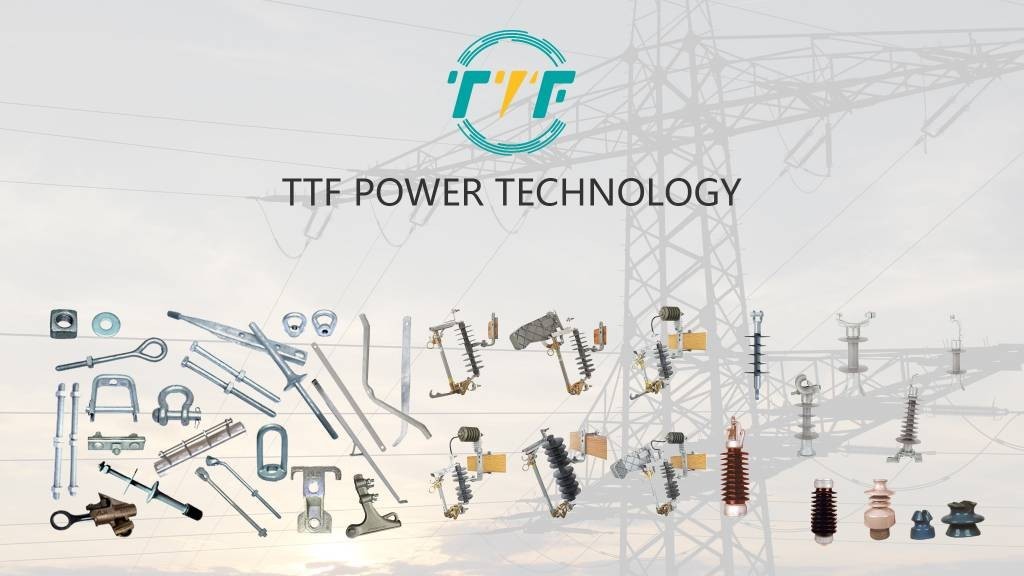
Colombia plans to expand its national grid following the recent opening of contracts for transmission infrastructure enhancement. The program is part of a larger goal to update the electrical grid. It includes renewable energy sources, and increase energy reliability. It includes the building of a 51-kilometer, 220-kV transmission line connecting the Urrá and Urabá substations. The government has also announced plans for six major electricity transmission projects as part of its 2024-2028 transmission expansion strategy. The initiatives, which span nine departments, aim to improve the country’s electricity grid and support energy transition goals. Expansion activities can address system capacity, integrate renewable energy, and increase dependability and resilience. Open tenders present opportunities for engineering firms, construction companies, and renewable energy developers to take part in energy sector transformation. Corona rings control and reduce corona discharge that causes energy losses, electromagnetic interference, and equipment degradation.
A corona ring is an important component in high-voltage transmission systems. This is crucial for those used in Colombia’s power grid expansion. Its primary duty is to control and cut coronal discharge. At high voltages, the electric field around conductors and insulators can ionize the surrounding air, resulting in corona discharge. Corona rings diffuse the electric field and reduces the localized high-voltage stress that causes discharge. Corona discharge produces power losses, while thinner air amplifies corona effects. By minimizing corona, they aid in the maintenance of transmission efficiency for long-distance power lines such as those connecting renewable energy zones. Additionally, corona can deteriorate ceramic and composite insulators over time, resulting in failures. This is particularly critical near metropolitan areas or sensitive installations.
Corona rings are being used in the expansion of Colombia’s electricity system.
Corona rings are metallic toroidal structures that are installed at the endpoints of high-voltage equipment, such as transmission tower insulators, substation bushings, and HVDC line terminals. Their function is to cut the electric field gradient and prevent corona discharge. This may result in power outages, loud noise, electromagnetic interference, and insulation deterioration over time. Corona rings are critical for the performance, safety, and lifetime of transmission systems. The following are the purposes of corona rings utilized in Colombian power grid expansion.

- High-voltage transmission lines—corona rings are vital for uniformly distributing the electric field around conductor terminals and suspension insulators. They prevent discharge that could degrade the physical infrastructure in humid altitude regions.
- Substation upgrades and construction—corona rings are installed on transformer bushings and circuit breakers to suppress local corona discharge. They ensure longer equipment lifespan and reduced maintenance costs.
- HVDC projects—Colombia proposed HVDC transmission lines that will operate at extremely high voltages and long distances. HVDC terminals use corona rings at many points to mitigate partial discharge and radio interference. They are essential for maintaining power quality and avoiding signal disruption in nearby telecommunication networks.
- Environmental benefits—corona rings function in high-voltage systems, aligning with Colombia’s energy goals. They reduce power losses, lower maintenance needs, ensure compliance with international standards, and ensure clean operation.
Potential effects of power grid expansion in Colombia.
Colombian grid expansion delivers many strategic, economic, social, and environmental benefits. The government issuing tenders totaling $3.5 billion and focusing on long-term, high-voltage projects, which could create the groundwork for a more resilient and fair energy system. Expansion initiatives represent an important step toward a cleaner, smarter, and more fair energy future. Here are the potential advantages of increasing Colombia’s electrical grid.

- Improved energy access—expanding the grid allows more households to connect to the national electricity network, reduces reliance on diesel generators, and provides a foundation for economic development in underserved communities.
- Renewable energy integration—grid expansion connects remote renewable energy projects to urban demand centers, reduces dependency on hydroelectricity, and supports Colombia’s commitment to a zero-emissions future.
- Grid reliability and resilience—a modernized power grid is resistant to equipment failures, voltage instability, and natural disasters. New infrastructure includes smart grid technologies, redundant pathways, and automated substations to increase system stability.
- Enhanced regional connectivity—expanded infrastructure strengthens interconnection with neighboring countries. This enables cross-border energy trading, emergency backup power sharing, and better integration into the energy market.
- Support for Colombia’s energy transition goals—grid expansion is crucial in electrifying transport, supporting new technologies, and meeting national decarbonization targets.
